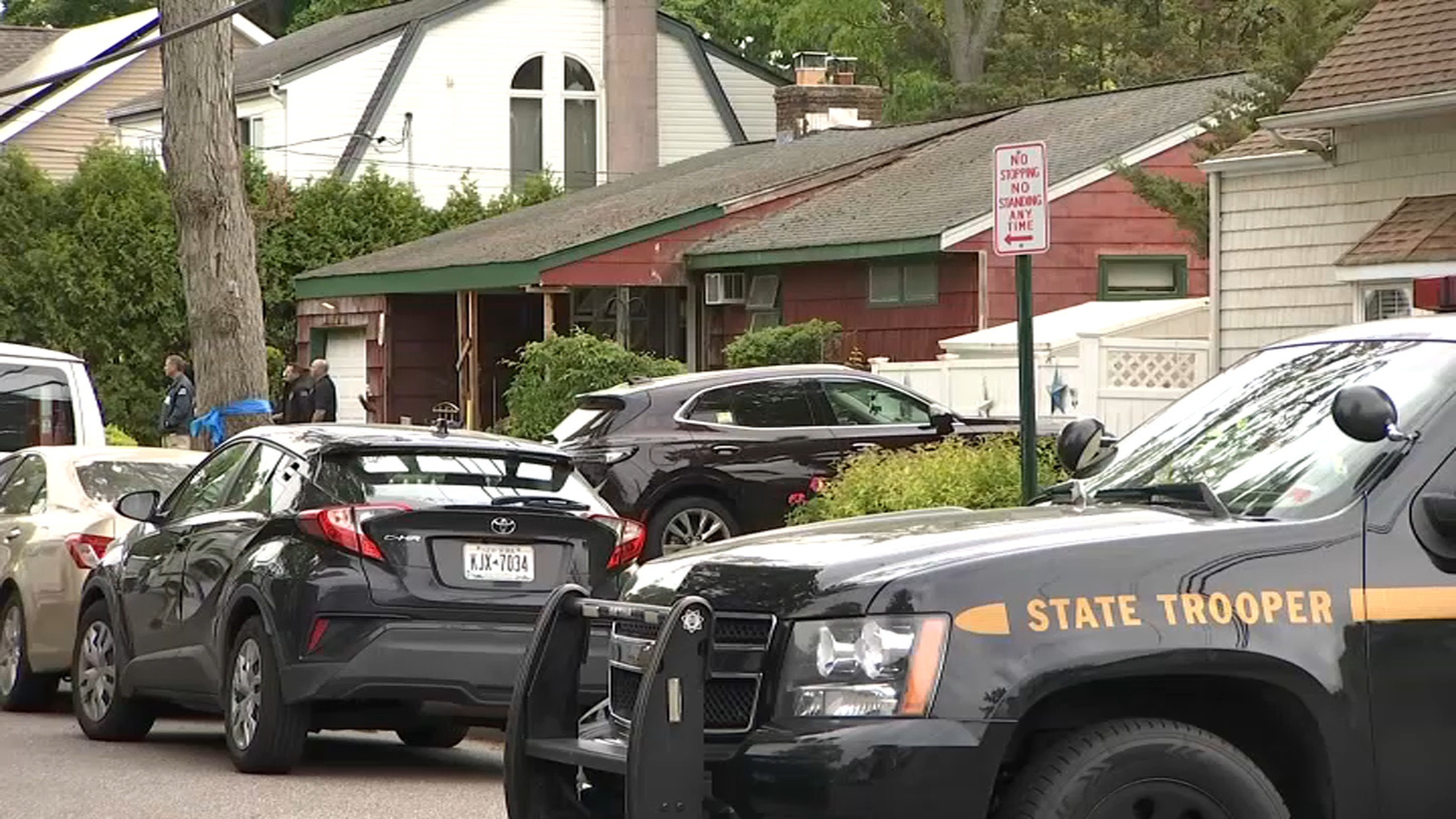COVID-19 positivity rates are back above 20% in parts of Manhattan, as the latest city data indicate the virus is digging in ahead of winter.
The rolling seven-day positivity rate in the Hell's Kitchen area of Manhattan is up to 22.5%, according to city data Wednesday. That is by far the highest rate in New York City, and no other neighborhood is close. Just a day prior, no neighborhood was over 20%.
At the same time, the transmission rate in Manhattan, at 172.7 new cases per every 100,000 people over the last seven days, is up 7% in the last two weeks. As of Wednesday, the borough with the highest overall positivity percentage is Staten Island, with a seven-day average of 6.89%.
Citywide, the seven-day average of new daily confirmed and probable cases fell steadily all summer until early September, but since then has been stuck in a steady range between about 1,800 and 2,200 new cases a day.
Over the last few days, it has held very steady around 2,000 cases daily.
COVID Variants of Concern
Get Tri-state area news delivered to your inbox. Sign up for NBC New York's News Headlines newsletter.
Two new COVID-19 variants that quietly emerged on the scene over the last few weeks -- ones that Dr. Anthony Fauci has described as "pretty troublesome" -- are becoming increasingly prevalent in the New York area and stoking fresh concerns as the nation braces for yet another potential winter surge, the latest CDC data shows.
News
You may not have heard of these two subvariants before -- BQ.1 and BQ.1.1. Both are descendants of omicron, which has proven to be the most vaccine-elusive and infectious COVID variant to date, and both are spreading at rapid rates.
That's especially true in the CDC's New York region, which also includes New Jersey, Puerto Rico and the Virgin Islands. According to the health agency's latest variant report, those subvariants account for 11.6% and 8% (19.6%), respectively, of COVID cases for the week ending Oct. 15, up from 4.1% and 1.9% (6%) in the report two weeks prior.
The CDC estimates those two variants could account for up to 36.6% of New York area cases, which is nearly double the highest-range estimate at the national level.



